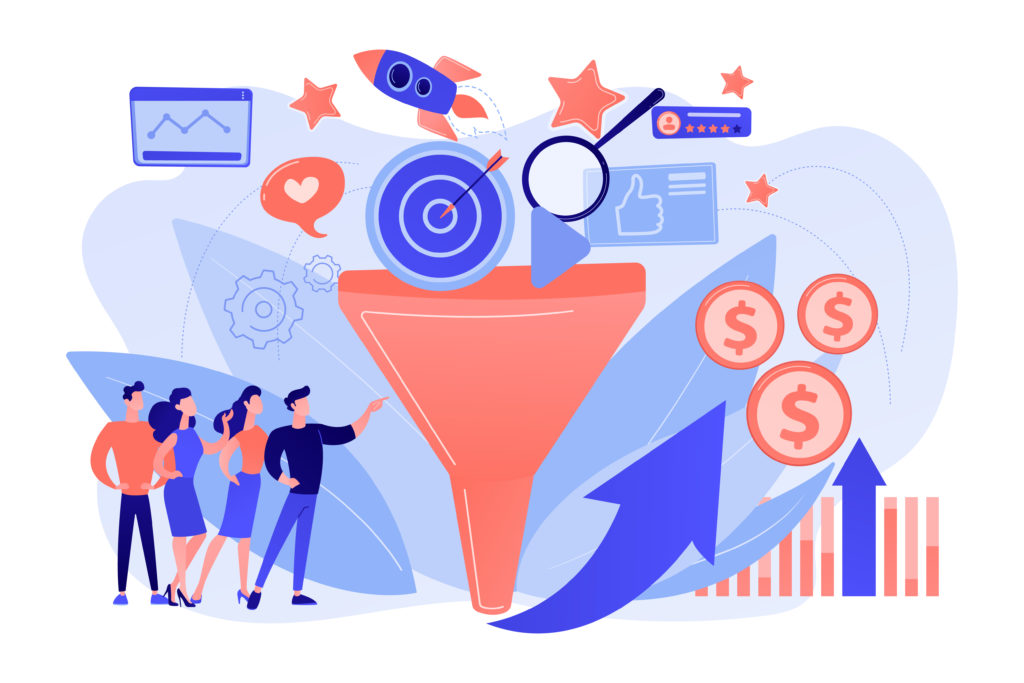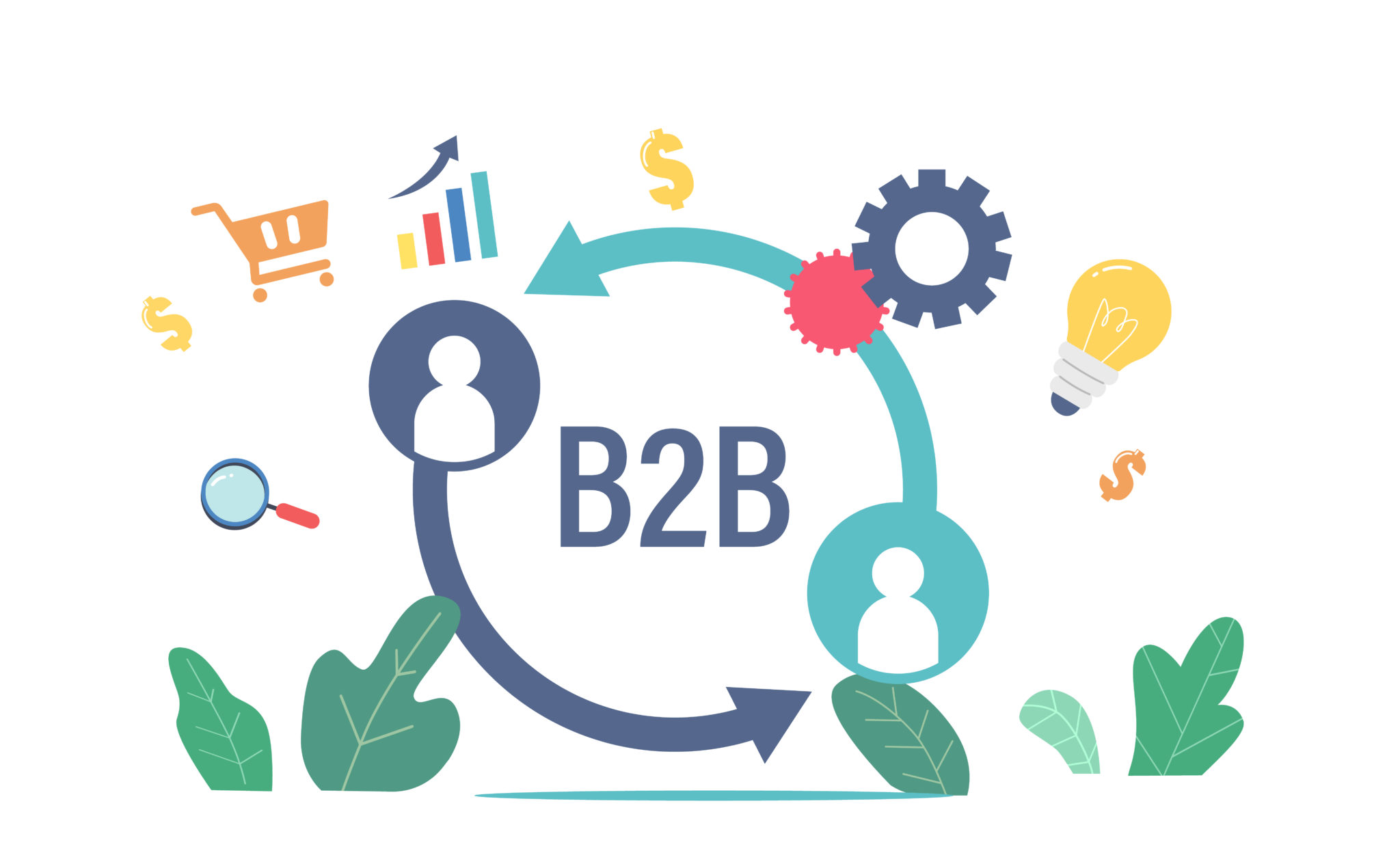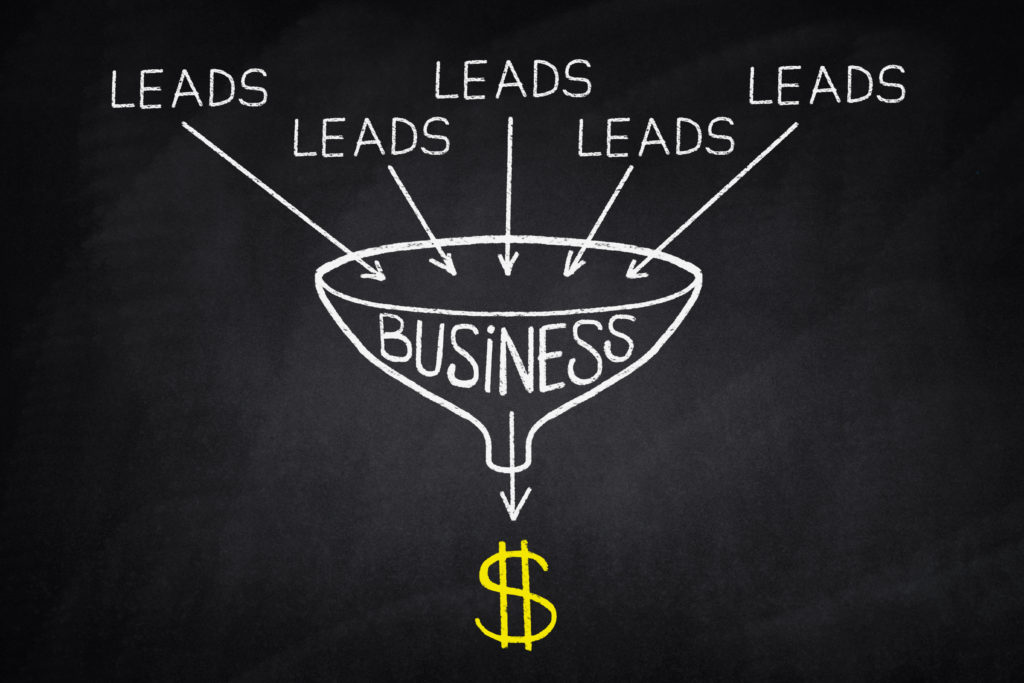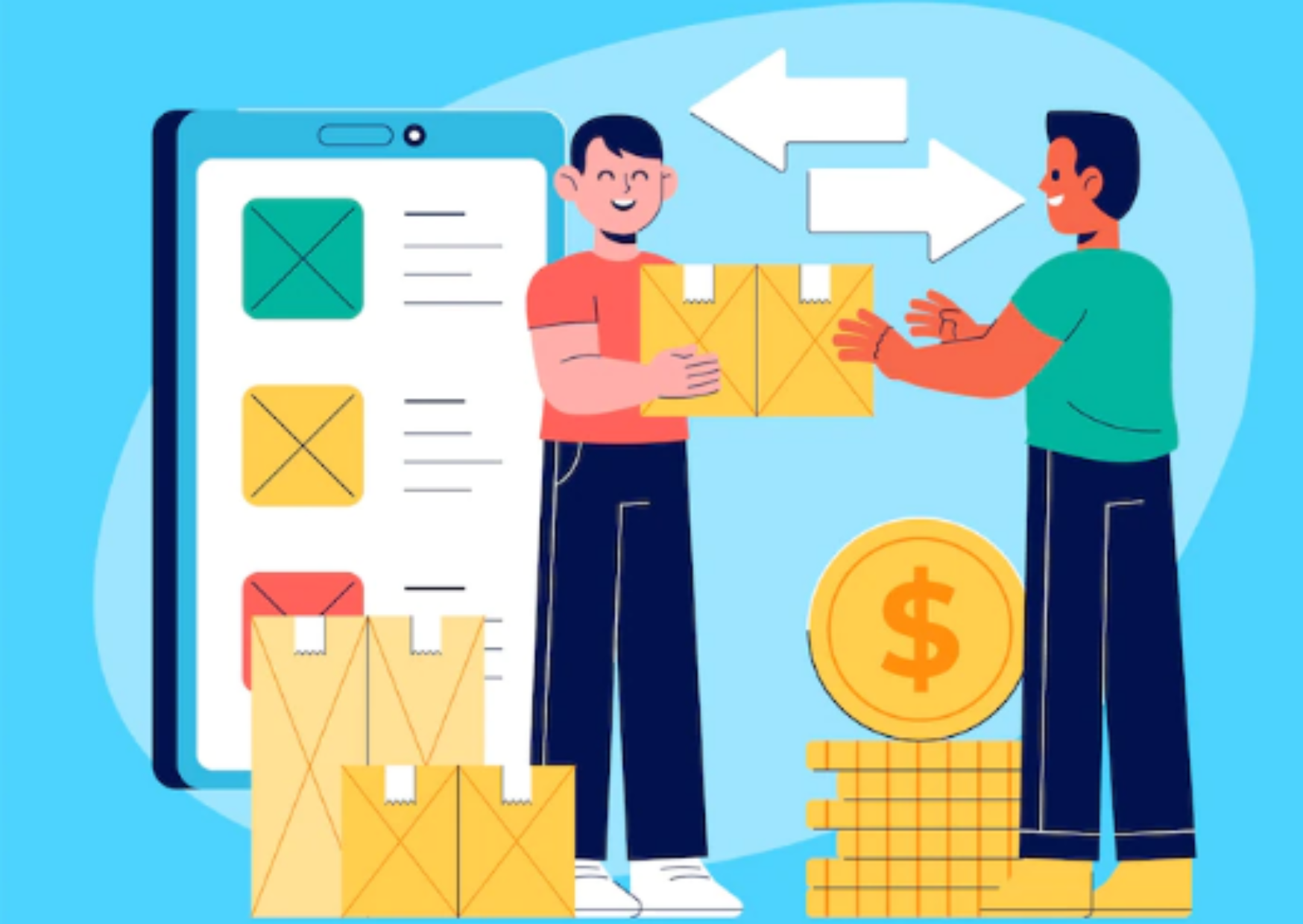What Are The Best Online Lead Generation Tools?
Successful lead generation transforms the abstract concept of ‘potential’ into the concrete reality of ‘opportunity’.
Lead Generation refers to the strategic process of identifying and attracting potential customers for a business’s products or services.
Just as every dance has its unique steps, every business crafts its own lead generation strategy. Ensuring that each interaction is a chance to create not just a customer, but a meaningful and lasting relationship.
Lead generation tools are innovative solutions designed to identify and capture potential customers, or “leads,” for businesses.
Suppose you want to find a manufacturing company database or SME Database. Then Online Lead Generation tools can make your work easy.
These tools enable businesses to move beyond traditional methods of lead generation, opening doors to automated and streamlined processes.
Providing insights into customer behavior, preferences, and demographics, lead generation tools empower businesses to tailor their marketing efforts more effectively.
EasyLeadz
It is a B2B (business-to-business) Lead Generation and sales intelligence platform.
EasyLeadz stands out as the premier B2B online tool due to its impeccable data accuracy. Extensive lead generation capabilities, and seamless integration.
Empowering businesses to effortlessly find and connect with their ideal prospects. With the help of SME database and manufacturing company database.
It helps businesses find potential customers and leads by providing contact information.
and other relevant data such as a manufacturing company database, SME Database etc.
EasyLeadz aims to simplify the process of identifying and reaching out to potential clients. This can be particularly useful for sales and marketing teams.
Active Campaign
Active Campaign is a customer experience automation platform that provides tools for marketing automation, email marketing, sales automation, and customer relationship management (CRM).
It allows businesses to engage with their customers across various channels and automate their marketing and sales processes.
With sales automation features, you can automate tasks such as lead scoring, contact management, and deal tracking. This streamlines your sales processes and helps your team prioritize leads and opportunities.
You can engage with your customers across multiple channels. This includes email, SMS, social media, and more, ensuring a consistent and effective communication strategy.
Intercom
Intercom is a customer messaging platform that facilitates communication between businesses and their customers.
It provides a suite of tools for customer support, engagement, and marketing, primarily through real-time chat and messaging.
Intercom’s platform is designed to help businesses manage their customer interactions across various channels, including websites, mobile apps, and email.
The platform offers reporting and analytics features to track the effectiveness of messaging campaigns, measure user engagement, and gather insights into customer behavior.
Intercom provides tools to create and maintain a knowledge base or FAQ section. With the help of it, customers can find answers to common questions without needing to contact support.
LinkedIn
LinkedIn has become a valuable tool for professionals across different industries.
From job seekers and freelancers to business owners and executives.
It’s often used to establish and maintain a professional online presence, build relationships, and stay updated on industry trends and news.
LinkedIn Groups allow professionals with similar interests or
in the same industry to join communities and discuss relevant topics, share insights, and network.
Users can endorse each other’s skills and provide recommendations based on their professional interactions.
Salesforce
It has a significant impact on how businesses manage their customer relationships
and has played a crucial role in shaping the CRM software landscape.
Salesforce places a strong emphasis on data security and compliance, offering features
like role-based access controls, encryption, and regular security updates.
Salesforce allows businesses to store and manage customer and lead information.
helping sales teams keep track of interactions and better understand their customers’ needs.
It has a large user base and has expanded. Its offerings to include a wide range of services beyond traditional CRM. such as artificial intelligence (AI), analytics, and more.
Conclusion
In this exploration of the best tools available, we’ve journeyed through a diverse array of options, each offering unique strengths to bolster your lead generation efforts.
The best choice depends on the specific goals, target audience, and resources of your business.
Whether you’re a startup looking to establish an online presence or an established corporation seeking to fine-tune your lead generation strategy, the tools mentioned in this guide offer a solid foundation to build upon.
By staying informed about the latest trends and technologies, and by consistently refining your approach, you’ll be well-equipped to turn your online presence into a lead generation powerhouse.
So, take the insights gathered here, adapt them to your unique circumstances, and embark on a journey of enhanced online Lead Generation success.
C












